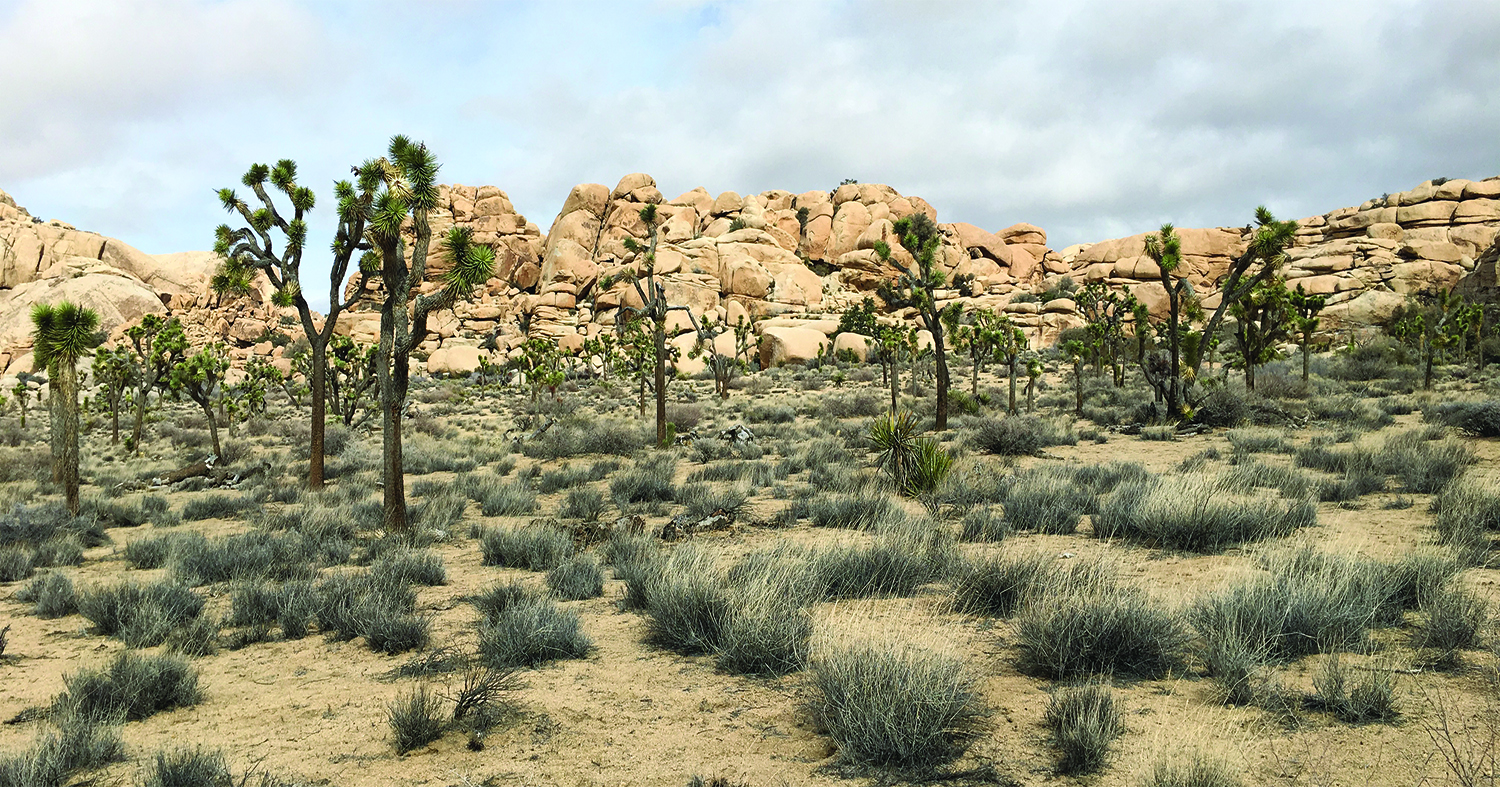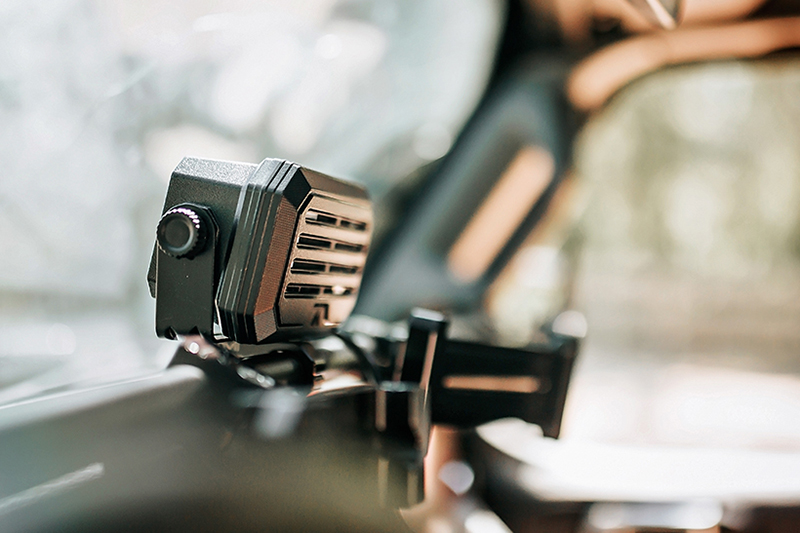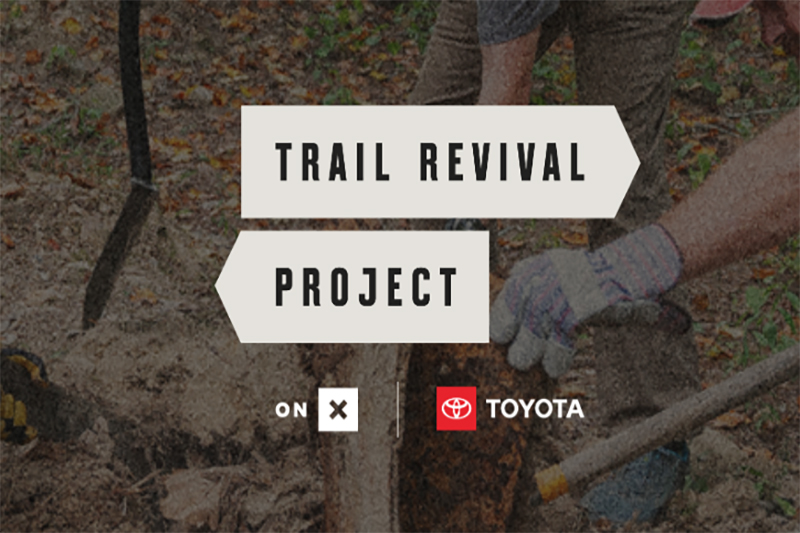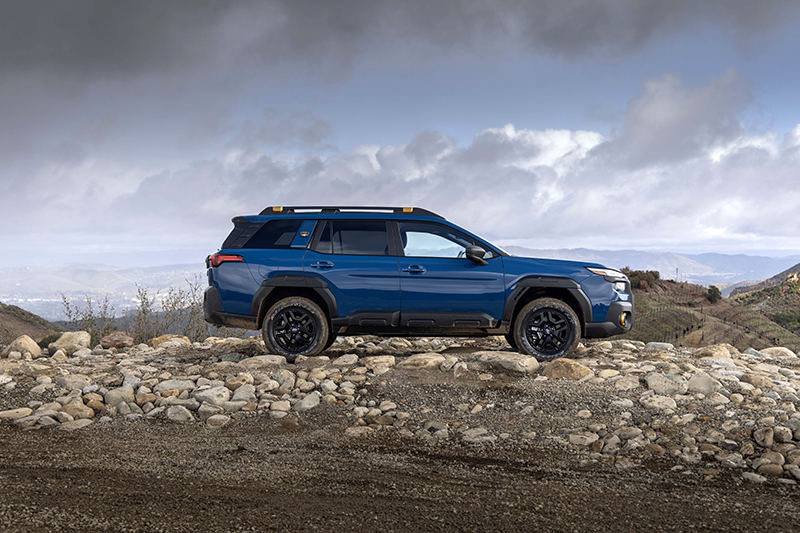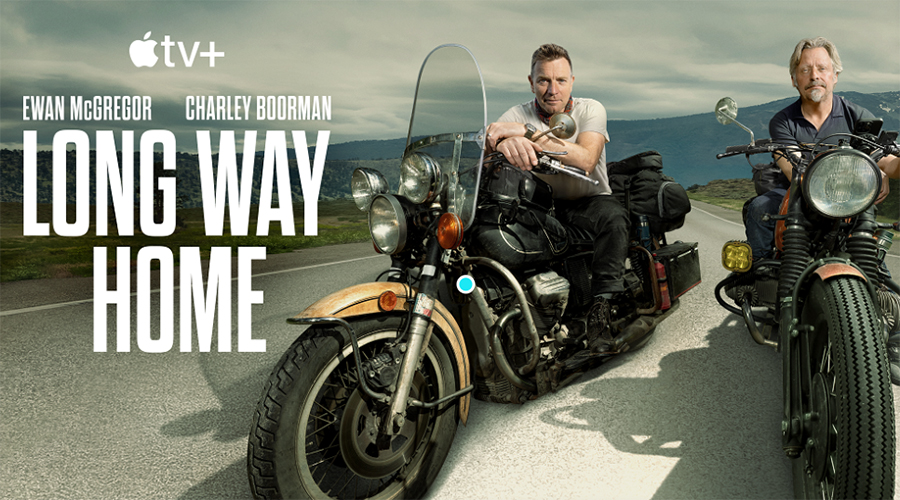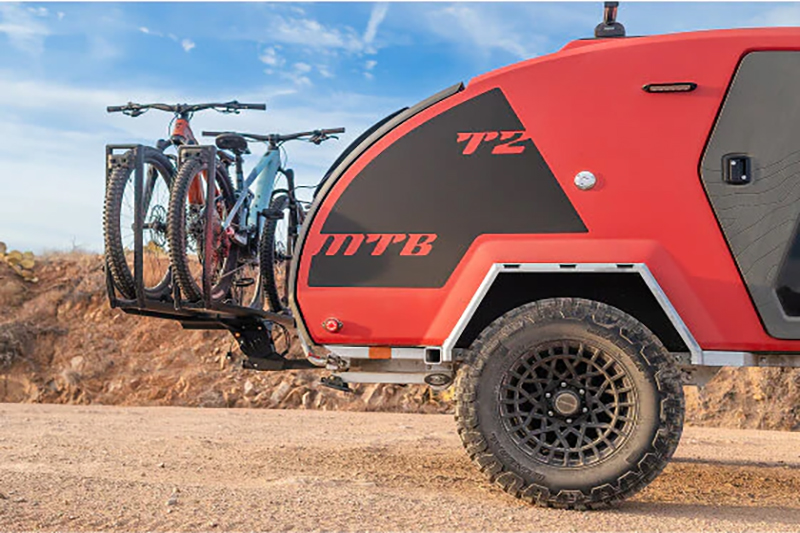Joshua Tree National Park is abundant for vehicle-based adventure
“Man, you think your Subaru is going to get down that trail?” A recent road trip brought me to the deserts of Southern California to pursue a bucket list item: driving off road and hiking around Joshua Tree National Park. With my recent purchase of a Subaru Outback and a few modifications, it was time to head to SoCal and check Joshua Tree off my list.
In March 2018 I took a nine-day road trip, completing a journey of 3,100 miles, which included four national parks. I headed south from Jackson, Wyoming to Joshua Tree to tackle some trails. I predetermined my route would not be direct, but rather take me on some of the country’s most beautiful roads. Scenic Byway 12 through Escalante, Utah was and may remain my favorite 112-mile stretch of road in the United States. From desert plains over a mountain pass and into slot canyons, it was one of the most diverse pieces of pavement I’ve ever had the pleasure of driving.
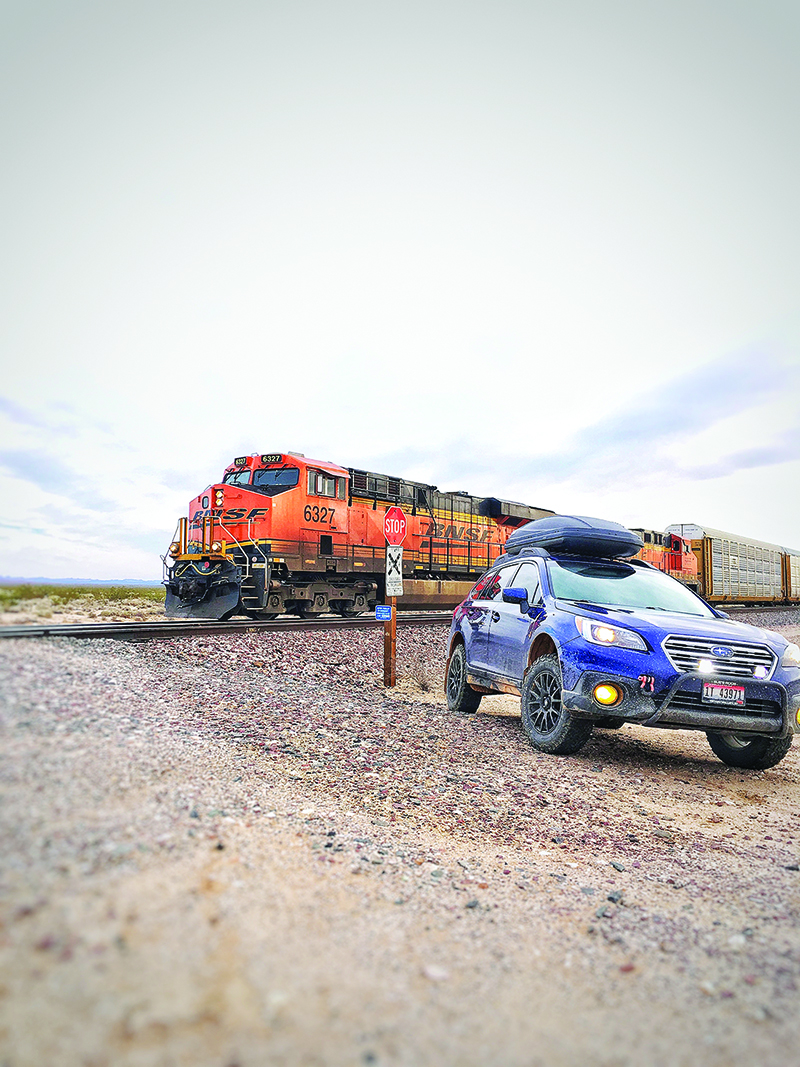
Stopped along Highway 95 to get a face shot of my rival racer. We drove next to each other for nearly 30 miles.
Using Scenic Byway 12 as my roundabout way of getting to Zion National Park, I made a quick pit stop to climb up Angel’s Landing. Once I had stretched my legs, I continued toward Joshua Tree. As evening rolled in over the wide landscape of red dirt, dry sage and snow-capped mountains I found myself at a rest stop along Highway 95. I decided to call it a night as I stewed with excitement in the back of my Outback. The illumination from my cell phone of YouTube videos was the only light to take hold in a vastly dark night. Joshua Tree, I thought, this is going to be fun.
Joshua Tree National Park is a relatively new addition to our park’s system. In 1936, President Franklin Roosevelt designated the area as a national monument. Famous for the Yucca brevifolia (Joshua Trees), they were named by Mormon pioneers in the mid-1800s after the biblical story of Joshua. Today it draws interest from many different groups including artists, musicians, environmentalists, hikers and overlanders. Even the band U2 was inspired by the park’s naturally harsh beauty by entitling one of their albums with its namesake. With its rich diversity of trails, both road and hiking, Joshua Tree has some of the most unique terrain of any national park.
Morning awoke, as did I. A chilling 23°F evening in my car gave me plenty of motivation to get up at 6 a.m. and power on to my destination. I drove alongside a BNSF freight train, trading places as miles ticked by. I approached the Twentynine Palms entrance, at the north side of Joshua Tree, and proceeded toward my first destination, Skull Rock. Approaching Skull Rock, you’ll find yourself searching for a parking spot along one of Joshua Tree’s most popular hiking trails. It’s impossible to miss.
I parked along the road and didn’t have to walk more than 200 yards. People of all ages were scrambling up various rock formations. Keep your eyes peeled for where the largest group is congregated. I didn’t realize at first you could take a 1.7-mile trail to the rock but was lucky to snag a spot along the crowded park road right in front of the formation.
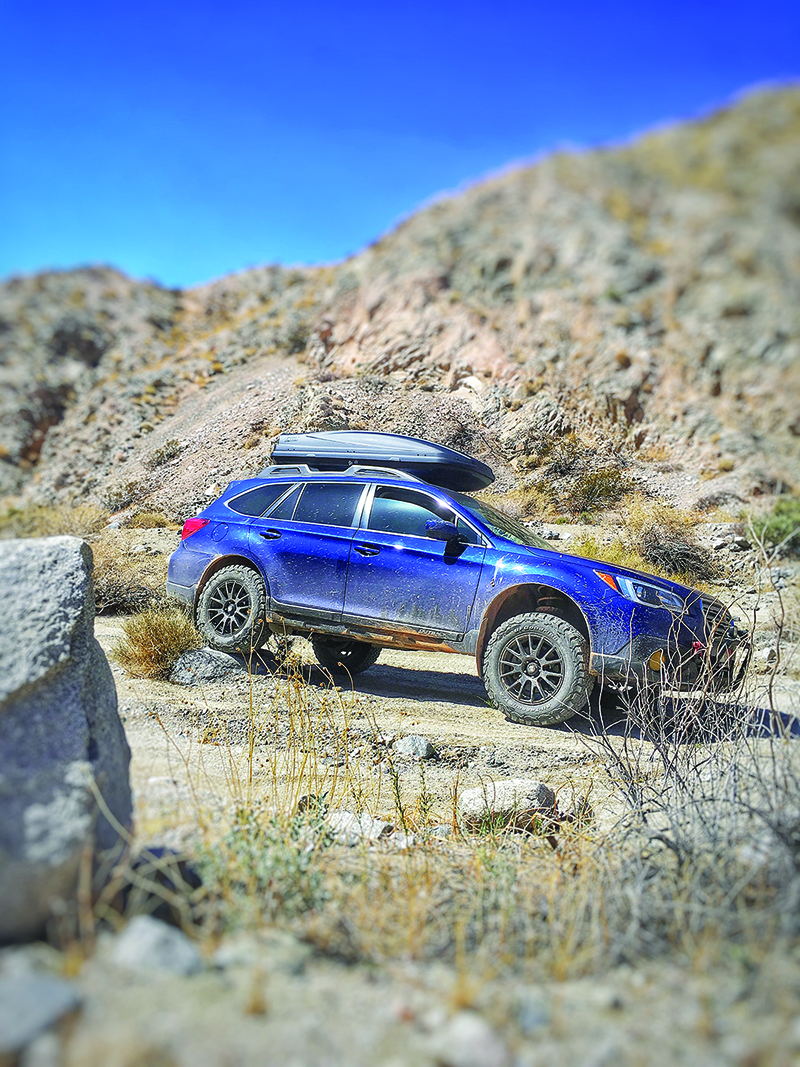
Finding some time to flex.
As the day warmed I drove the first trail I had marked on my map, Geology Tour Road. This 18-mile trail has 16 designated stops that take you through a wide variety of terrain and backdrops. This was the first time I had driven my Outback on some of the trails I had built it for. Like all vehicle builds, mine is ongoing, but for some context, here is what I am currently driving around in: I have a 2016 Subaru Outback 2.5i Premium which is lifted two inches with multi-link spacers and strut spacers from Anderson Design Fabrication. Providing the grip are 245/65/17R BF Goodrich KO2s and a set of Motegi’s MR118 Racing Wheels. To help light the trails I installed a Rally Innovations Light Bar with a pair of Baja Designs Squadron Sport Pods in front of the grill. Sitting on my roof is a 38” Combo Amber light bar from ExtremeLED as well as my trusty Thule Force XL cargo box. A few decals, tow hooks, Rally Armor mud flaps and Lamin-X Yellow Fog Film Covers add the final touches.
Between the standard 8.7” of ground clearance and the added 2” from the lift and 1” from the tires, my Outback has a meaty 11.7” of ground clearance. To put that into perspective, a stock Toyota Tacoma has 9.1” at its highest configuration. A 2018 Jeep Wrangler Unlimited has ground clearance ranging from 9.7” to 10.8”. So, to say the least, my Subie is up for some tough terrain.
Before heading down the trail, I aired down my tires to 28 psi and checked the map. I planned to end up at the Berdoo Canyon Trail (a 15-mile point-to-point trail). Driving down the Geology Tour Road I stopped several times to enjoy the scenery, climb a few rocks and take some pictures. Being away from the crowds is what drew me to this road. I was told it was easily handled in almost any car but allowed you to experience Joshua Tree in a more remote fashion.
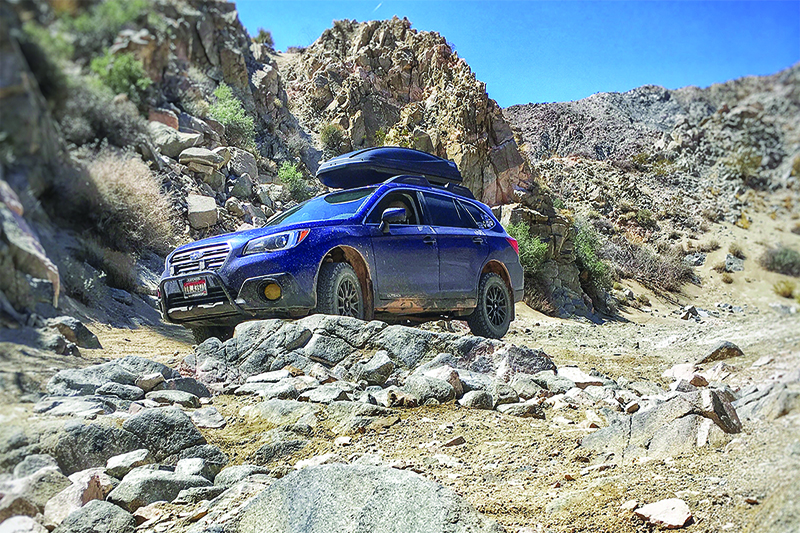
The Rock Garden. This was a big obstacle and one I recommend doing with a spotter. Luckily I managed to get by without any damage!
At four miles I reached the first trail section that made me nervous that I might be overconfident about my vehicle: It was called “The Rock Garden” by the driver of a Jeep Cherokee that pulled up behind me. I figured I would ask the two guys to help me with some spotting but unfortunately, they had other ideas!
“It is going to be fun to watch a Subaru try to tackle this part of the trail. We’re good, we will sit here.” So that option went out the window, literally, and I decided to go ahead and give it my best shot. Looking back, I would have preferred to do this with skid plates but at the time I did not have any. I had watched several videos about sticking close to the canyon wall, which I did, and found myself looking back at the Jeep with a grin on my face.
I didn’t scrape or touch a rock and was on to the next part of the trail. The remainder was much easier than The Rock Garden but still presented one last challenge at around 8.5 miles which I named “The Second Rock Garden.” It had a simpler approach which required a tight squeeze around a boulder. From there on out it was a rocky but less grueling trail.
I decided to pop into Indio, California and hunt down some food for dinner as I had been eating meals out of a Sierra cup for five days. Once I refueled and sprayed down my very dusty Subaru, I got back on Highway 10 and headed toward the Cottonwood entrance of the park. I had researched a small stretch of BLM land directly off the park road that stretches toward the east. Here people camp in ground tents, rooftop tents and RVs. I set up camp and climbed into my tent after watching a beautiful pink and orange sunset over the Orocopia Mountains.
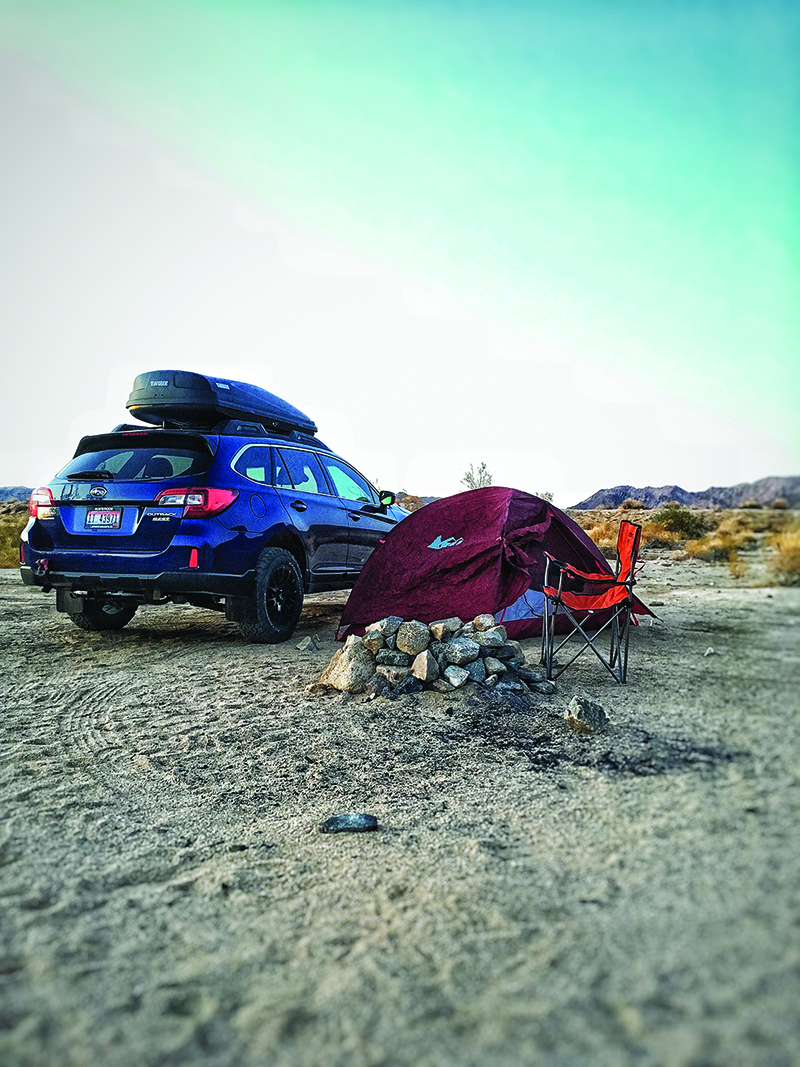
The BLM camp site for my two nights outside of Joshua Tree National Park.
On Day Two I had the pleasure of meeting up with my pals, Jon and Dan, for some off-roading. Today’s trail was the Pinkham Canyon Road, a less technical trail than the Berdoo but more fun and more beautiful. The trail starts next to the Cottonwood Visitor Center and its 21.5-mile trail took us just over three hours, including a lunch break. The first 18 miles were relatively tame, with low trees, lots of sage and plenty of turn-outs to let other vehicles pass. My warning to fellow travelers would be to re-think the trail if the paint on your car is not strong or easily scratched. I came out of it with a few scratches from the door-height desert shrubbery. Other than that, there is only one spot where you may need a spotter and we named it “Drop Rock.” It is a small descent off a boulder lying in the middle of the road which I navigated easily with the help of spotters. My friends were driving a stock Mazda CX-5 that had only 7.6” of ground clearance and made it through with no problem.
After the Drop Rock you can enjoy the ever-growing scenery that Pinkham Canyon displays before you. As you exit the canyon south along the trail, the walls widen and you can start to see the Orocopia Mountains above the valley floor. These stunning views were the highlight of the Pinkham Trail. The trail finally ends at a service road running parallel to Highway 10. Make your way either east or west and you can find yourself re-entering the highway, but a few roads lead you right to the highway’s edge. Seriously, you drive right up to a highway with a speed limit of 75, so be cautious. We found ourselves a little farther east from where we came out and were able to re-enter the highway on an entrance ramp back toward Cottonwood. I decided to make camp at the same BLM campsite along the park entrance and enjoy the sun as it set slowly on my last day in Joshua Tree.
As one of many stops on our road trip, Joshua Tree was thrilling and uniquely different. The few trails I was able to conquer left me with smiles for hours while the ever-sprouting canyons provided spark for more adventures. Being able to use my Subaru on trails that I have seen Jeeps, Tacomas, FJs and other modified creations tackle brought me a sense of pride and accomplishment. I’ll take 25 mpg, five seats, and room to sleep any day.
Planning your Joshua Tree Adventure
Joshua Tree is an adventure haven offering a myriad of activities, including world-class hiking, mountain biking, and rock climbing. While I didn’t have a lot of time to explore Joshua Tree in all its forms, I did enjoy ample hiking in the park in addition to off-pavement travel. A good time to visit is late March/early April or late fall/early winter. Try to avoid the summer months because of the heat.
During my visit, temperatures hovered in the mid 60s and low 70s for most of the day. I encountered strong winds during the evenings with temperatures in the mid 30s, so bring gear for all types of weather. Since I decided to camp just outside the park boundaries, it was essential to bring all my gear, including food and water. I packed my North Face zero-degree sleeping bag, Klymit double V sleeping pad and Halfdome 2 tent as my home away from home.
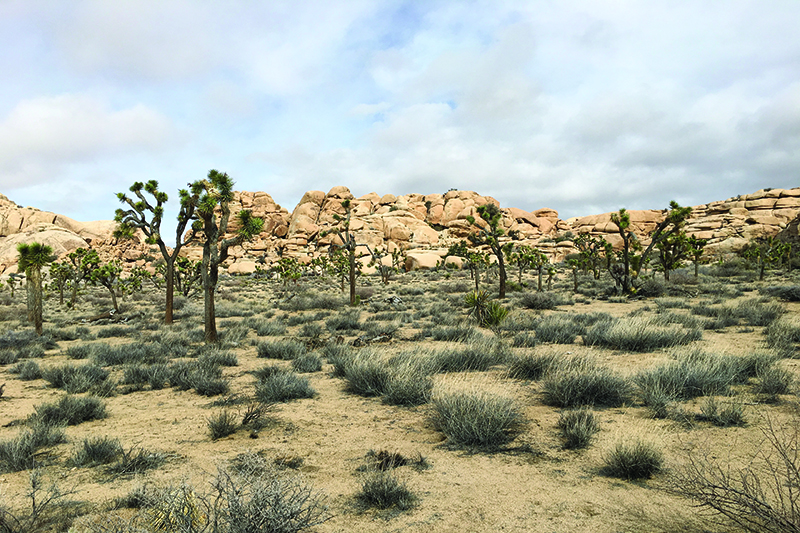
The splendor of Joshua Tree National Park
For my kitchen, I brought a Coleman camping table and ALPS Mountaineering chair. I also had a Sea to Summit pan, MSR PocketRocket 2 stove and MSR fuel can, assorted cutlery, dry food and three gallons of water. I packed food into an IRIS weathertight 19-quart plastic bin in order to keep it airtight, away from sand and insects.
I recommend separating food into meals before entering the park as the winds make it difficult to manage many objects. I had predetermined each meal and placed them in different sections of the plastic bin. It is an absolute must to bring plenty of sunscreen and water as you will not find shade or ample places to fill up your water bottles.
For trail riding, I decided to bring a digital tire pressure reader, a set of tire deflators, and a portable air compressor. For each trail I aired down my tires to approximately 22.5 psi in order to resist punctures while gaining as much grip as I could out of my BFG KO2 all-terrain tires. Once I hit established park roads, dirt or paved, I re-inflated my tires to ensure I was not damaging my vehicle or wearing my tires excessively. Another MUST is a GPS and maps. I always prefer paper maps as they are reliable and don’t depend on battery power; however, I also bring an iPad with offline Google Maps downloaded and viewable without Wifi or cell service. I highly recommend both of these options for navigation as there is absolutely NO cell service in the park.
I also highly recommend having a spare tire. The trails around Joshua Tree are very remote and you do not come across people very often. I would see another vehicle once every three hours. If you find yourself with a flat at the wrong time of day, you may have to be prepared to sit overnight.
OutdoorX4 Magazine – Promoting responsible vehicle-based adventure travel and outdoors adventure


